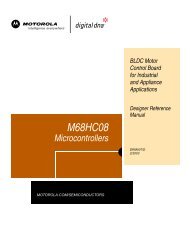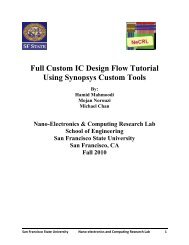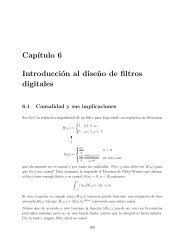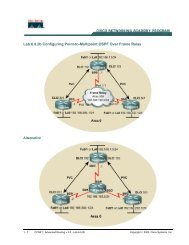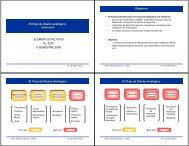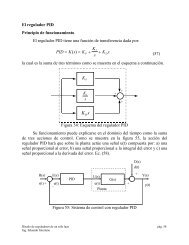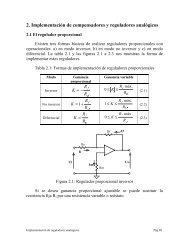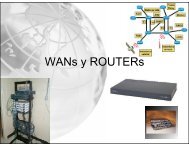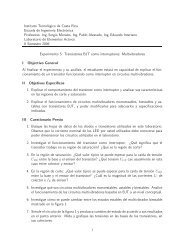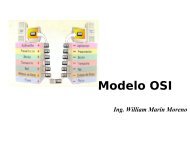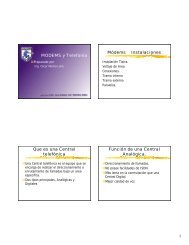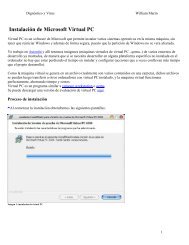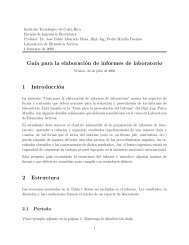Chapter 6 Experimental Mapping Method
Chapter 6 Experimental Mapping Method
Chapter 6 Experimental Mapping Method
You also want an ePaper? Increase the reach of your titles
YUMPU automatically turns print PDFs into web optimized ePapers that Google loves.
178 ENGINEERING ELECTROMAGNETICS<br />
FIGURE 6.6<br />
Cross section of a square trough with sides and bottom at zero potential and top at 100 V. The cross<br />
section has been divided into 16 squares, with the potential estimated at every corner. More accurate<br />
values may be determined by using the iteration method.<br />
the potential must now be made at every corner before applying the iterative<br />
method. The betterthe estimate, the shorterthe solution, although the final<br />
result is independent of these initial estimates. When the computer is used for<br />
iteration, the initial potentials are usually set equal to zero to simplify the program.<br />
Reasonably accurate values could be obtained from a rough curvilinearsquare<br />
map, or we could apply (4) to the large squares. At the center of the figure<br />
the potential estimate is then 1 4<br />
…100 ‡ 0 ‡ 0 ‡ 0† ˆ25:0<br />
The potential may now be estimated at the centers of the four double-sized<br />
squares by taking the average of the potentials at the four corners or applying (4)<br />
along a diagonal set of axes. Use of this ``diagonal average'' is made only in<br />
preparing initial estimates. For the two upper double squares, we select a potential<br />
of 50 V forthe gap (the average of 0 and 100), and then V ˆ<br />
1<br />
4 …50 ‡ 100 ‡ 25 ‡ 0† ˆ43:8 (to the nearest tenth of a volt3 ), and forthe lower<br />
ones,<br />
V ˆ 1<br />
4<br />
…0 ‡ 25 ‡ 0 ‡ 0† ˆ6:2<br />
The potential at the remaining four points may now be obtained by applying (4)<br />
directly. The complete set of estimated values is shown in Fig. 6.6.<br />
The initial traverse is now made to obtain a corrected set of potentials,<br />
beginning in the upper left corner (with the 43.8 value, not with the boundary<br />
3 When rounding off a decimal ending exactly with a five, the preceding digit should be made even (e.g.,<br />
42.75 becomes 42.8 and 6.25 becomes 6.2). This generally ensures a random process leading to better<br />
accuracy than would be obtained by always increasing the previous digit by 1.



